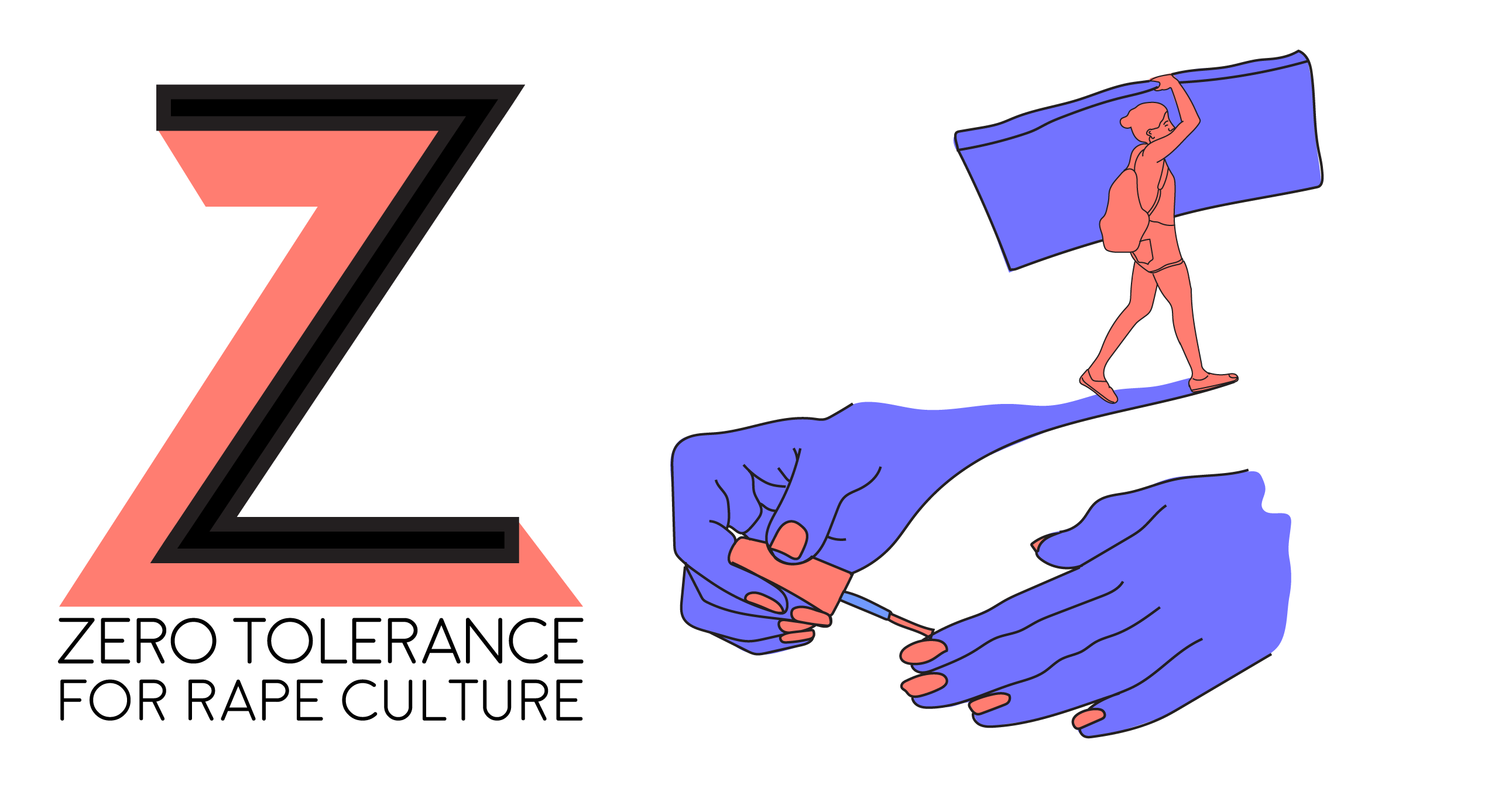Q is for Queerbaiting
If you haven’t heard the term ‘queerbaiting,’ you’ve probably at least seen it in action. Queerbaiting is when a piece of media hints that a character may be queer as a way to draw in viewers and then refuses to acknowledge or flat out denies that the character might be queer. In an article for Emerson College’s Lash Magazine, Rebekah Bailey writes:
“Queer-baiting, for those who do not know, is the practice of television shows and movies putting in a little gay subtext, stirring up interest with queer fans, and then pulling a NO HOMO, MAN on the viewers . . . The mere speculation that a character could be gay is played for laughs, and if you don’t see something wrong there, then there’s something wrong.”
So why is queerbaiting a problem?
First of all, there’s a huge lack of representation of queer characters in television and films.
In the 2014-2015 prime time lineup, only 3.9% of regular characters are LGBTQIAP.
That’s pretty abysmal. Queerbaiting hints at the possibility of queer people rather than actually having queer representation. Viewers shouldn’t have to feel like detectives trying to discover if a character is queer or not. We’ve moved passed the era where queerness fell under “sex perversion,” and therefore could not be represented in television or film (alongside miscegenation and any blasphemous mentions of God, mind you). We don’t have to refer to queer characters in subtext anymore, and yet, that’s where they remain.
To hint at a character being queer, and then flat out deny any possibility of the character actually being queer, is problematic. Queerbaiting is exploitative as it is used to bring in viewers who are interested in queer characters without actually putting in queer characters. When a fan tweeted Supernatural story supervisor Chad Kennedy about the possibility of revealing the characters Dean and Castiel as bisexual, due to subtext that hints at the characters’ bisexuality,
“He replied that there were ‘no plans for bisexual characters’ in [Supernatural] . . . Kennedy quickly amended that he wouldn’t be opposed to such a story and didn’t know if it would ever happen. Responding to angry Dean/Cas fans, [executive producer Adam Glass] tweeted, ‘It’s three episodes in, we got a whole season. Wait and see.’”
In an attempt to hold on to viewers, they continued to imply the possibility of making the characters canonically queer, despite revealing that there were no plans to. Shows and films do this in an attempt to draw in viewers who want to see queer characters without offending those who do not.
At this point in the argument someone will inevitably cry out, “But that’s just fanservice! They shouldn’t compromise the quality of the show just to please some fans!” Changing the entire direction of a show simply to go along with fan ideas is one thing. When queerness is so strongly hinted at that other characters within the show reference it happening, and all it would require is a simple comment about the character’s sexuality without creating a story arch of it’s own, that is not fanservice. In this case, the integrity of the story cannot be argued.
The difference between queerbaiting and simple queer subtext is when the subtext (whether the writer intends for it to be there or not) is denied vehemently. A show that handled this issue respectfully is Hannibal. Some fans believed that there was some sort of sexual attraction between Hannibal Lecter and Will Graham. Unlike the response by the Supernatural team, Hannibal’s showrunner Bryan Fuller addressed the possibility of a queer relationship in an interview with The Backlot by saying,
“I think Hannibal is a very broadly spectrumed human being/fallen angel, who probably is capable and interested in everything humanity has to offer. Whereas Will Graham is very definitely heterosexual, but that does not necessarily prevent us from a homoerotic subtext. It’s practically text in a couple of episodes just because we really want to explore the intimacy of these two men in an unexpected way without sexualizing them, but including a perception of sexuality that the cinema is actually portraying to the audience more than the characters are.”
Fuller recognizes that there is deliberate queer subtext happening, but it’s not going to become actualized. While adding in queer characters is preferable, Hannibal, at least, does not string the viewers along in some false hope that the characters would become canonically queer. Other shows, such as Orphan Black and Orange Is the New Black, have also successfully used queer subtexts by later addressing it within the show.
It’s not about changing a show drastically to fit in queer characters. There are ways to include queer characters or to hint at a queer relationship without making it the focus of the show.
Yet, queerbaiting makes the possibility of a character’s queerness into a joke and invalidates the opinions of the viewers. It’s understandable that people cling onto any implication of a queer subtext when LGBTQIAP characters are so rare in media. To dismiss this hope of representation as a joke or to use it as bait to get viewers, without giving those same viewers adequate representation, is reprehensible and unfortunately far too common in media today.





